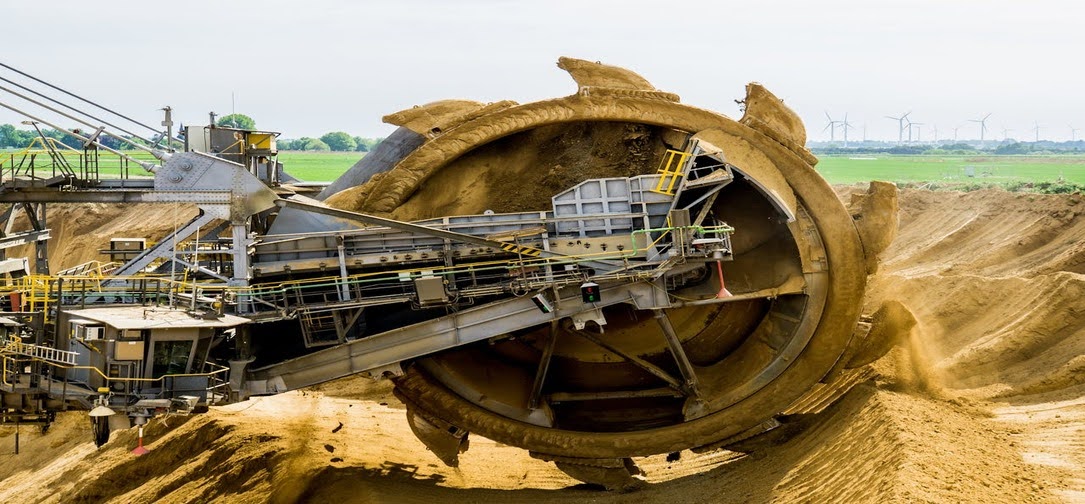The mining industry has long been perceived as a male-dominated field, with women being underrepresented in various roles. Breaking into the mining industry as a female can be a challenging endeavor, with numerous obstacles to overcome. Despite efforts to promote gender diversity, the industry continues to struggle with creating an inclusive environment for women.
One of the main challenges that women face when trying to enter the mining industry is the lack of female role models. Women are often discouraged from pursuing careers in mining due to the perceived lack of opportunities and the lack of women in leadership positions. This lack of representation can make it difficult for women to envision themselves in these roles, despite these being a wide range of entry-level positions for females in the mining industry.
Another challenge facing women in the mining industry is the prevalence of gender bias and discrimination. Women are often subjected to stereotypes and prejudices, which can impact their career progression and opportunities for advancement. These biases can also manifest in the form of unequal pay and limited access to training and development programs.
Historical Context of Women in Mining
Pioneering Women in Mining
Throughout history, women have played a significant role in mining, despite facing numerous challenges and obstacles. One of the earliest recorded instances of women working in mining dates back to the 19th century, where women in Cornwall, England, worked as ‘bal maidens’ – a term used to describe women who worked in the mines. These women would sort and crush ore, as well as carry heavy loads of rocks and minerals to the surface.
In the United States, women were also involved in mining during the Gold Rush era. They worked as cooks, laundresses, and even prospectors. One notable example is Lola Montez, who was a dancer and actress but also became a successful gold miner in California.
Evolution of Gender Roles in the Industry
Despite the contributions of women to the mining industry, their involvement was often limited and undervalued. In the early 20th century, women’s participation in mining declined as gender roles became more rigidly defined. However, during World War II, women were once again called upon to work in the mines due to a shortage of male workers. This led to an increase in women’s employment in the industry, although their work was often seen as temporary and not as valuable as that of their male counterparts.
Over time, attitudes towards women in mining have slowly shifted, and many companies have made efforts to increase gender diversity in their workforce. However, progress has been slow, and women still face significant barriers to entry in the industry. This includes a lack of female role models, limited access to training and education, and a culture that is often unwelcoming to women.
In conclusion, while women have a long history of involvement in mining, their contributions have often been overlooked or undervalued. Despite progress towards gender diversity in the industry, there is still much work to be done to ensure that women have equal opportunities to succeed in mining.
Current Challenges for Women
Workplace Culture and Gender Bias
Women in the mining industry often face challenges associated with the workplace culture and gender bias. Despite efforts to promote diversity and inclusion, women still encounter discrimination and harassment on the job. They may feel excluded from informal networks and miss out on opportunities for mentorship and career advancement.
Physical and Safety Concerns
Mining is a physically demanding job, and women may struggle to meet the physical requirements. They may also face safety concerns, as some mining activities are inherently dangerous. Special accommodations may be necessary to ensure the safety and well-being of female workers.
Career Advancement and Opportunities
Women in the mining industry may also face challenges when it comes to career advancement and opportunities. They may be overlooked for promotions or leadership positions, even if they have the necessary skills and experience. This can be due to unconscious bias or a lack of diversity in the upper ranks of management.
To address these challenges, companies in the mining industry must take proactive steps to promote diversity and inclusion. This includes implementing policies and practices that support equal opportunities for all workers, regardless of gender. It also involves creating a workplace culture that is respectful and inclusive, and that values the contributions of all employees. By doing so, companies can attract and retain top female talent, and create a more diverse and innovative workforce.
Strategies for Successful Entry
Education and Skill Development
One of the key strategies for females to break into the mining industry is to focus on education and skill development. This industry requires a range of technical and practical skills, and females need to be equipped with the necessary knowledge and qualifications to succeed. Pursuing a degree in mining engineering or geology is a great way to gain the relevant skills and knowledge. Additionally, attending industry-specific training programs and workshops can help females develop their skills and knowledge and stay up-to-date with the latest industry trends and technologies.
Networking and Mentorship
Networking and mentorship are also critical strategies for females to break into the mining industry. Building a strong network of contacts within the industry can help females gain access to job opportunities and learn about the latest industry developments. Additionally, finding a mentor who can provide guidance and support can be invaluable for females who are just starting out in the industry. Attending industry events and joining professional organizations can be great ways to network and find potential mentors.
Legislation and Advocacy
Finally, legislation and advocacy are important strategies for females to break into the mining industry. Governments and industry organizations have a role to play in promoting gender diversity and creating a more inclusive industry. Advocating for policies that promote gender diversity and equality can help females gain more opportunities and break down the barriers that prevent them from entering the industry. Additionally, supporting initiatives that promote female participation in the industry, such as scholarships and mentorship programs, can help females succeed in this male-dominated field.



































